The eagerly awaited Apple Worldwide Developers Conference (WWDC23) has recently concluded, generating immense excitement within the digital community. This year's conference revolved around the theme "Coding a New Universe," and one announcement, in particular, stole the spotlight - Apple's groundbreaking foray into mixed reality (MR) with its inaugural headset, the Apple Vision Pro.

Alongside this, Apple introduced new hardware, including the 15-inch MacBook Air and Mac Studio, featuring upgraded processors. The software updates focused on interactive components for iOS 17, iPadOS 17, macOS 14, and watchOS 10. Let's dive into the details.
Chapter 1
One More Thing: Revolutionary Product Unveiled
Apple's inaugural AR headset, the "Apple Vision Pro," has lived up to its hype and generated immense excitement since its teaser. Now, the wait is over, and the product has finally made its debut at the event. Reports indicate that even CEO Tim Cook's demeanor shifted as he spoke about it on stage. Let's delve into the key highlights of this highly anticipated and revolutionary device.
Named the Apple Vision Pro, this AR headset is described as a "Spatial Computing" device that seamlessly blends digital content with the user's real-world environment. It opens up new possibilities for users to interact with apps, games, and movies from the digital realm while remaining fully present in their physical surroundings.
One of the most impressive features of Vision Pro is its three-dimensional interactive interface, which intelligently responds to real light and surrounding shadows. Apple has also developed the visionOS operating system, ensuring compatibility with iPhone and iPad applications, further enhancing the user experience on the Vision Pro headset.

Vision Pro replaces handheld controls with eye, hand, and voice commands. Users can select apps using eye-tracking technology and perform various operations such as swiping, selecting, and switching using different gestures. Voice input allows for typing, offering a truly innovative mode of interaction.
In terms of environmental interaction, Vision Pro uses precise facial and eye-tracking cameras on the inner side of the device to capture facial expressions, which are then displayed on an external screen. Friends can interpret your status based on the displayed content, and you can clearly see and communicate with them as well.
To ensure smooth performance, Apple has designed a unique dual-chip configuration for Vision Pro. The main chip is the familiar M2, responsible for visual algorithms and image processing, providing a smoother experience. It is accompanied by a new R1 chip, ensuring almost zero latency for image updates. Additionally, Vision Pro features a specially designed cooling system at the bottom, maintaining temperature while running quietly.

For visual and audio experience, Vision Pro utilizes a custom micro OLED screen with a resolution surpassing that of 4K televisions. The customized three-lens structure ensures clear visibility from any angle, with sharp and crisp text. The headset also incorporates state-of-the-art spatial audio technology, featuring dual-driver units on each side to deliver immersive sound from all directions.

As for power supply, Vision Pro does not have an internal battery. Instead, it relies on an external magnetic attachment with a 2-hour battery life. Prolonged use will require an external power source, which naturally imposes some limitations in terms of mobility.
Chapter 2
Embracing Larger Sizes and Upgraded Chips
In addition to the headline product, the Reality Pro, there were hardware updates, including the introduction of the 15-inch MacBook Air.

This larger member of the MacBook Air series measures only 11.5mm thick and weighs around 3 pounds, making it the thinnest MacBook Air to date. It features a MagSafe charging port, two Thunderbolt ports, and a headphone jack. The Liquid Retina display spans 15.3 inches, with a maximum brightness of 500 nits and support for a billion colors. It is equipped with a 1080p camera and a three-microphone array.
Furthermore, Apple updated the chips in Mac Studio, introducing the new M2 Max chip. They also released the final product in the M2 chip family, the M2 Ultra, which utilizes UltraFusion technology to combine two M2 Max chips. Compared to the M2 Max, the M2 Ultra offers doubled performance, featuring a 24-core CPU, a 76-core GPU, and a 32-core neural network engine, providing a significant speed boost compared to the M1 Ultra.
Both the M2 Max and M2 Ultra will be available in Mac Studio, while the Mac Pro will be equipped with the M2 Ultra. This marks the completion of the transition from Intel to Apple's in-house chip in the Mac series.
However, there is one drawback: they do not support discrete graphics. From a professional user's perspective, it remains to be seen if the M2 Ultra's upgrades are sufficient.
Chapter 3
Software System Updates with Subtle Improvements
Compared to the hardware updates, the software updates at WWDC23 felt a bit underwhelming. Nevertheless, there were notable updates for iOS 17, such as a redesigned Control Center with adjusted UI style, and updates to the Phone, FaceTime, and Messages apps. The Phone app now includes Contact Posters, allowing users to customize colors, images, and fonts.

One interesting update is Live Voicemail, which converts voicemail messages into real-time text when receiving calls from unknown numbers. This feature can be particularly useful during meetings.
Additionally, a new StandBy feature was introduced, providing full-screen display to allow users to view information from a distance while their iPhone is charging nearby. It's reminiscent of a similar feature found on another device.
For iPadOS 17, the updates mainly focused on subtle experiential and visual adjustments, including support for custom lock screen layouts. The Health app made its debut on the iPad, providing added convenience for fitness enthusiasts engaged in home workouts.
macOS 14 and watchOS 10 also received their respective updates. macOS 14 introduced a game mode, prioritizing GPU and CPU resources for an optimal gaming experience while reducing background task consumption. Hideo Kojima, the renowned game designer, made an appearance at the event to promote his studio's special edition of "Death Stranding: Director's Cut" tailored for Mac.
WatchOS 10 introduced widget functionality for customization and intelligent stacking, along with new watch faces such as a color picker and two Snoopy-themed faces. Performance improvements were made to cycling and hiking modes, as well as support for mental health detection and tracking outdoor stay time.
Overall, while Apple's WWDC23 developer conference may not have generated significant waves in terms of software updates, it did deliver the highly anticipated bombshell with the Apple Vision Pro. Sensibly speaking, we can also look forward to future updates in the VR/AR realm.

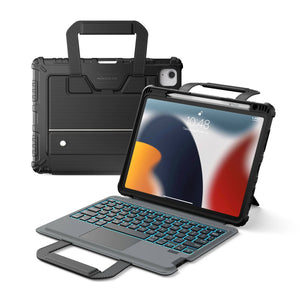 iPad Pro/Air Cases
iPad Pro/Air Cases Galaxy Tab Cases
Galaxy Tab Cases
 Magnetic iPad Keyboard
Magnetic iPad Keyboard
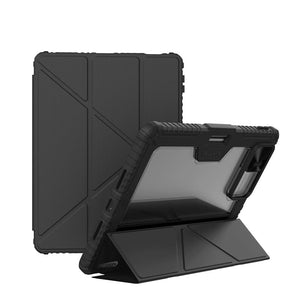 Xiaomi Pad Cases
Xiaomi Pad Cases
 Tablet Accessories
Tablet Accessories
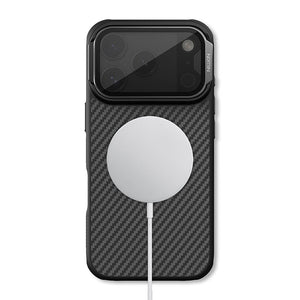 iPhone 17 Series
iPhone 17 Series iPhone 16 Series
iPhone 16 Series
 iPhone 15 Series
iPhone 15 Series
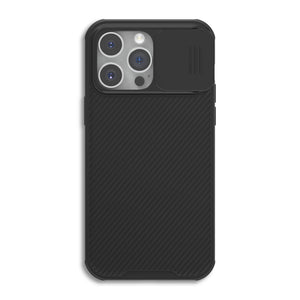 iPhone 14 Series
iPhone 14 Series
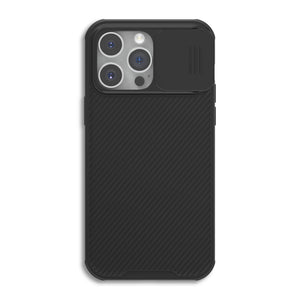 iPhone 13 Series
iPhone 13 Series
 iPhone 12 Series
iPhone 12 Series
 Galaxy Z Fold & Flip Series
Galaxy Z Fold & Flip Series Galaxy S25 Series
Galaxy S25 Series
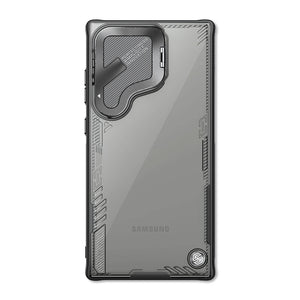 Galaxy S24 Series
Galaxy S24 Series
 Galaxy S23 Series
Galaxy S23 Series
 Galaxy S22 Series
Galaxy S22 Series
 Xiaomi Series
Xiaomi Series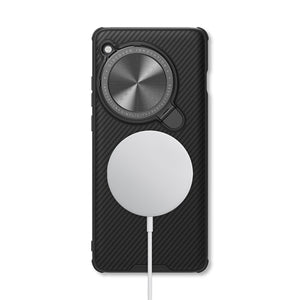 OnePlus Series
OnePlus Series
 Oppo Series
Oppo Series
 Vivo Series
Vivo Series
 Huawei Honor Series
Huawei Honor Series
 Nothing Series
Nothing Series
 iPhone Series
iPhone Series
 Samsung Galaxy Series
Samsung Galaxy Series
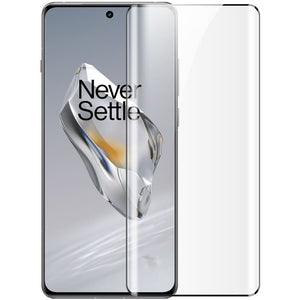 OnePlus Series
OnePlus Series
 Xiaomi Series
Xiaomi Series
 OPPO Series
OPPO Series
 Foldable Keyboard
Foldable Keyboard
 Speakers
Speakers
 Laptop
Laptop
 Health
Health
 IceCore 65W GaN Charger
IceCore 65W GaN Charger
 Chargers & Cables
Chargers & Cables
 Phone Stands & Mounts
Phone Stands & Mounts
 Car Charging
Car Charging
 Black Friday Deals🔥
Black Friday Deals🔥












